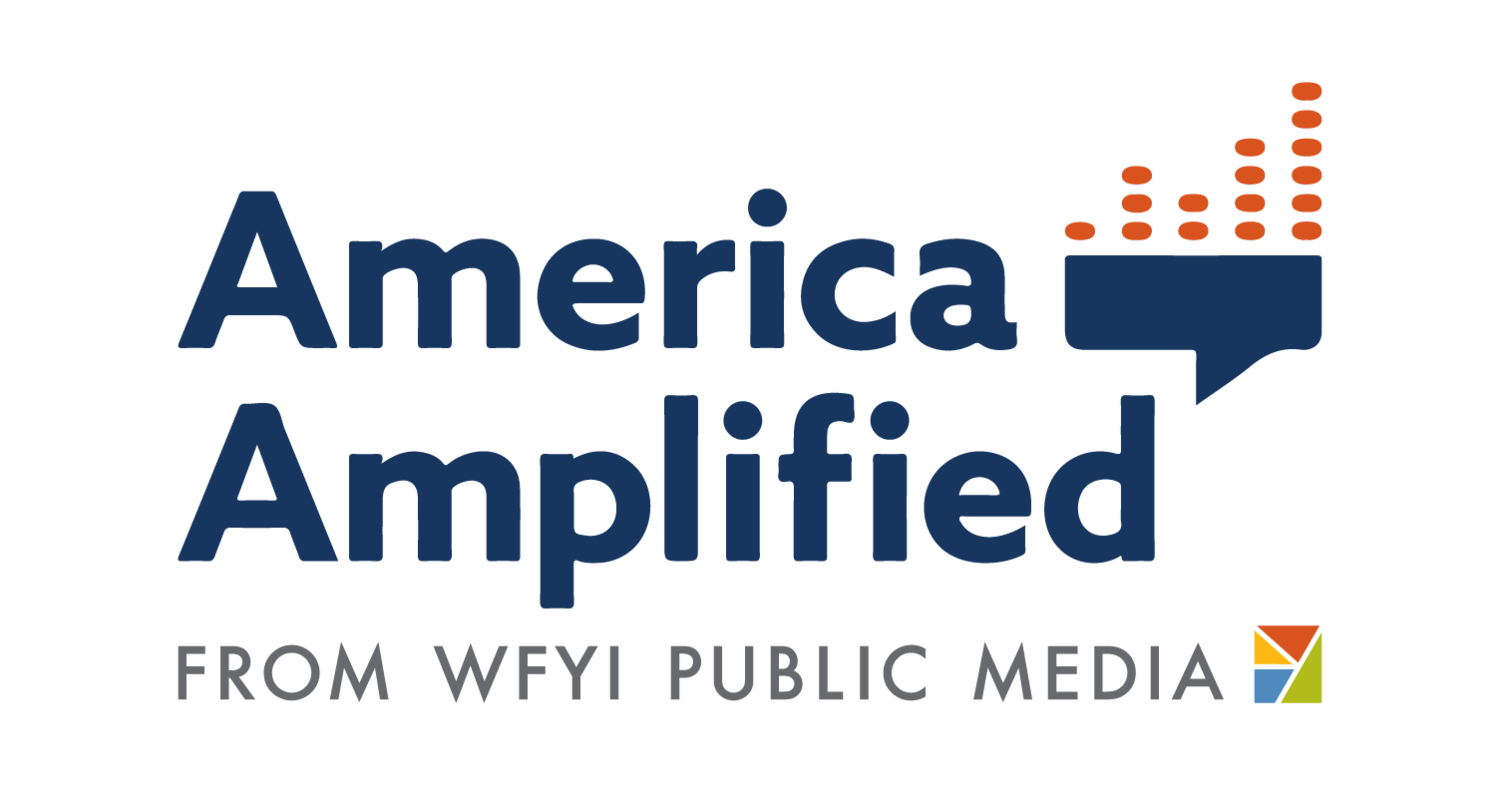Journalists and educators team up to help new voters navigate the electoral system
Last summer, public media station WFYI in Indianapolis set out to connect with social studies and history teachers at a local highschool to hold classroom discussions on voting and elections. They ended up reaching a total of about 400 very diverse students and collected all kinds of valuable questions and produced a how to guide on voting. And … they learned a lot in the process! Community Engagement producer Brittani Howell told us all about it.
Tell us who you are, and share a brief summary of the reporting project?
I’m Brittani Howell, community engagement specialist at WFYI/Side Effects Public Media, and I worked with Lauren Chapman, digital editor for Indiana Public Broadcasting for this project.
We went to a high school to talk to social studies and history classes about the upcoming midterm elections, and we reached about 400 students in the process. This project was about listening and learning to help us better understand our community.
How did community engagement inform your reporting?
Early in the summer, we showed up at several community events with the question posed by America Amplified: What do you want to know about the upcoming elections? People raised basic, how-to questions about researching candidates, understanding which offices did what, logistics around voting, etc. We also spoke with several current and hopeful office-holders, who said that in their experience constituents needed help understanding what certain offices actually do and which levels of government are responsible for what.
We packaged some of Lauren Chapman’s regular resources and some new materials into a how-to guide for voters, and worked with community contacts (largely libraries) to help us disseminate the information. Based on available voting data, we knew new and young voters have consistently low turnout in elections that aren’t presidential. We pulled on contacts at Lauren’s old high school to speak as guests to high school social studies and history classes. While there, we also distributed the how-to guides and collected students’ questions about voting.
How did you build trust in the community you were reporting on?
We didn’t do any reporting associated with this project; it was purely public education and outreach. However, we’re hopeful that being present and answering questions were effective in trust-building.
How are you bringing this reporting back to the community?
Overall, we spoke to around 400 students–a very diverse group, thanks to the demographics of the neighborhood, though admittedly this was more of a happy accident than intent. (Schools are very difficult to get into; with this particular school, we had the advantage of a personal connection with several of the teachers.) We received a variety of excellent questions and were able to answer several of them for students right then, such as: Do lawmakers/politicians affect housing issues, and how? What is a straight-party ticket, and do we have to vote that way?
No reporting came out of this particular project this year; however, we intend to try this project again for future elections, with enough time to solicit questions to turn into Q&As, which we will give back to the teachers to distribute among their students as they so choose.
What lessons do you take away from this project in terms of strengthening your engagement?
We learned great lessons that will help us when we do this type of outreach next time around, such as:
Get into classrooms much earlier, even in advance of the primaries, to give people time to get excited about the election and enough time to know they can do something about it if they so choose.
Make presentations more interactive; ours were a bit of an info dump.
If possible, make voter registration available so students can register while they’re actively thinking about it.
Solicit questions from students in advance to grease the wheels and keep the conversation going; sometimes students are shy of asking questions in front of others.


